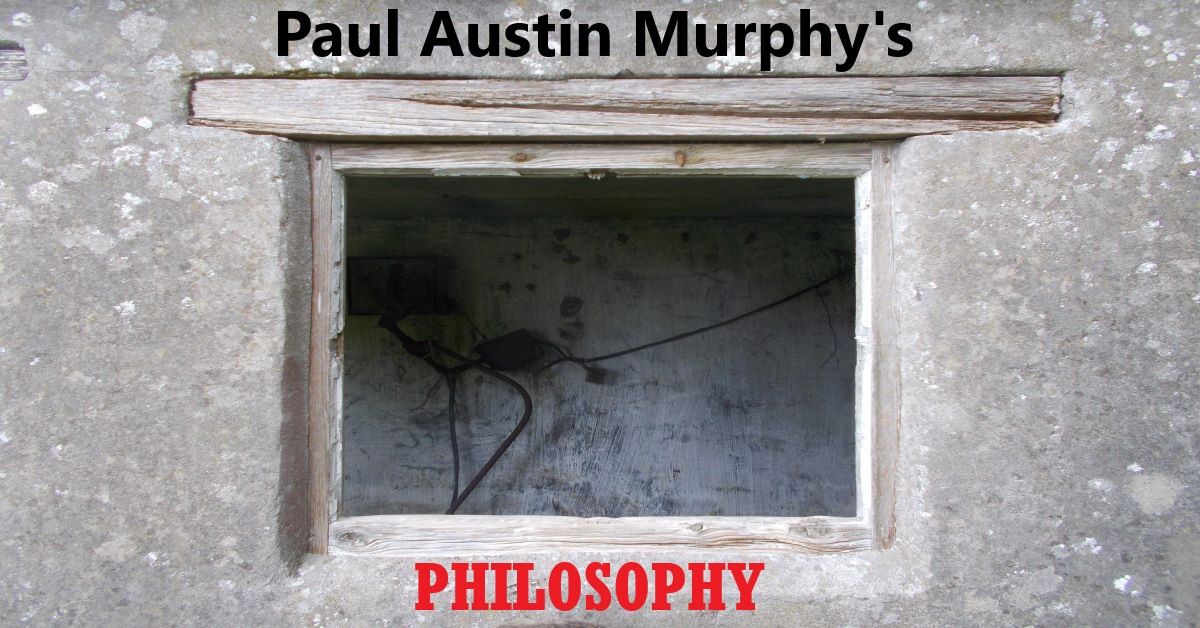“The words ‘to imply’ in the English language mean the same as ‘to contain’ or ‘to involve’…[note the] confusion of implication with the consequence relation.”
— Rudolf Carnap (1937), The Logical Syntax of Language.
[Note: this is an essay in the philosophy of logic, rather than in (pure) logic.]
Does the Symbolism A → B Always Have a Semantics?
If the symbol A has no meaning (or intension), then how can it imply or entail B? If A is just an inscription (or is self-referential — i.e., an autonym), then what connection could it have to B?
On one reading, A implies B (or B is a consequence of A) because B “contains” (or “involves”) something that’s already also “in” A. This is the standard Kantian view of conceptual analyticity. B, on the other hand, can be a consequence of A without it containing (or involving) something that’s common to A.
What exactly does it mean to say that “B is contained within A”? The American philosopher W.V.O. Quine accused Immanuel Kant of speaking at a metaphorical level when he used the word “containment”. However, what non-metaphorical way of describing what’s at issue here have we got left? If A is simply an inscription (or syntactic form), then of course it can’t contain B — it can’t contain anything except itself.
Symbol A will require semantic content if it’s to to imply B. In that case, it all depends on what the symbol A stands for. Does it stand for a concept, sentence, statement/proposition, fact or state of affairs? All these possibilities have content. (Arguably “content” is a problematic term when it comes to facts or states of affairs.)
For example, if the symbol A stands for the concept [politician], then what content will it have? We can say that contained within the concept [politician] are the macro-concepts [human being], [person], etc; as well as the micro-concepts [professional], [Member of Parliament], etc.
In a certain sense, it’s quite arbitrary to categorise certain concepts as micro-concepts and others as macro-concepts because it all depends on context. However, we can say that in one (or this) context we can categorise the concept [politician] as a micro-concept.
There’s a simple way to decide what’s what. We can ask this question:
Is it necessary for a politician to be a person or a human being?
The answer is (admittedly dismissing contemporary artificial intelligence and aliens) yes.
Then we can ask this question:
Is it necessary for a human being or person to be a politician?
The answer is no.
Thus, in this simple sense, the macro-concepts encompass the micro-concepts. Of course there are also yet higher levels of concept.
Take the concept [animal]. This includes the concepts [human being] and [person]. And there are yet higher-order concepts than that: e.g., [living thing]. This could go on until we reach the concepts [object], [thing], [entity], [a spatiotemporal part] and so on.
If A is taken to be a concept, then it may well have a large amount of content. Thus it could imply all sorts of things. Indeed it’s a strange thing to take A as simply standing for a single concept. (It’s hard to make sense of a concept all on its own.) Thus we need to fill in the dots ourselves.
On the other hand, if the symbol A stands for a sentence, then things become a little clearer and not as broad-ranging. (Usually, however, we have the symbols p and q for sentences or statements.) The sentence may (or will) of course include concepts; though concepts within a sentential framework will probably be more finely delineated and circumscribed. Something will be said about the concepts contained and they’ll also be contextualised.
To state that “the concept [politician] implies the concepts [human being] and [person]” sounds strange. In a sense, the bare concept [politician] isn’t actually saying or implying anything. Thus the idea of containment must be taken more literally in the case of concepts standing for A than if A stands for a statement (or a sentence).
How would B, therefore, be a consequence of A if the relation between A and B weren’t that of conceptual containment? In nature, B can be caused by A without sharing anything at all with A. Perhaps B can also be deduced from A without sharing anything with A. If this is so, then how would that deduction actually come about?
Note:
There are various kinds of conditional in philosophy, mathematics and logic. Among them are the following:
(1) Material conditional = This is found in propositional calculus and in mathematics.
(2) Conditional probability = The probability of an event B given that another event A has occurred.
(3) Causal conditional = If X then Y — where X is a/the cause of Y.
(4) Conditional proof = In logic this is a proof that asserts a conditional, and proves that the antecedent leads to the consequent.
(5) Strict conditional = In philosophy and logic there we often have symbols for propositions (such as p → q); rather than the symbolism A → B. In this case, despite the p’s and q’s rather than A’s and B’s, it’s still not always entirely clear whether state of affairs (or facts) are being discussed or propositions (or statements).
(6) Relevance conditional = In relevance logic there’s a demand that the consequent be “relevant” to the antecedent — or vice versa.










No comments:
Post a Comment